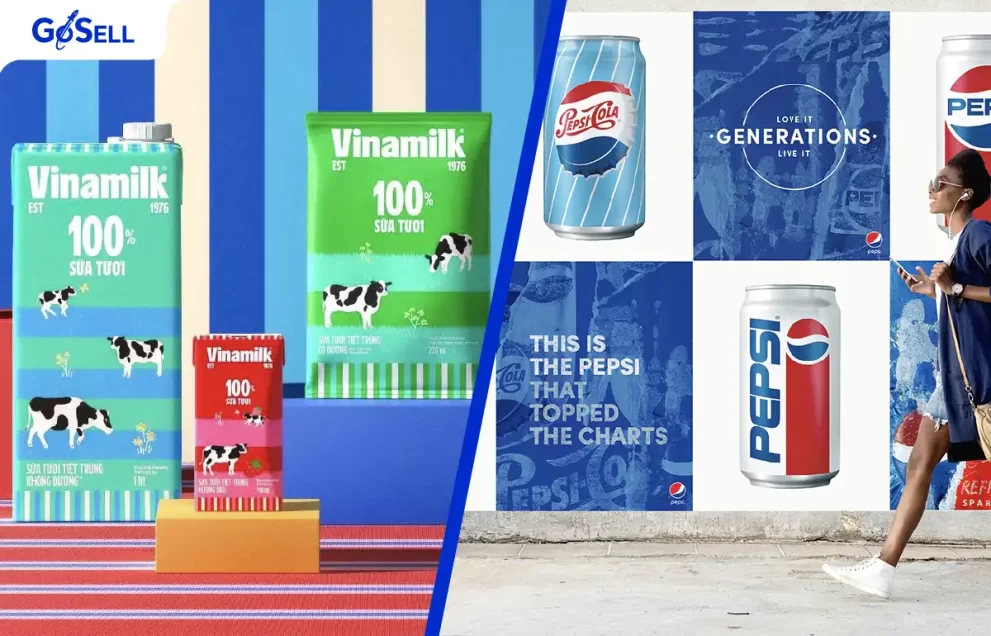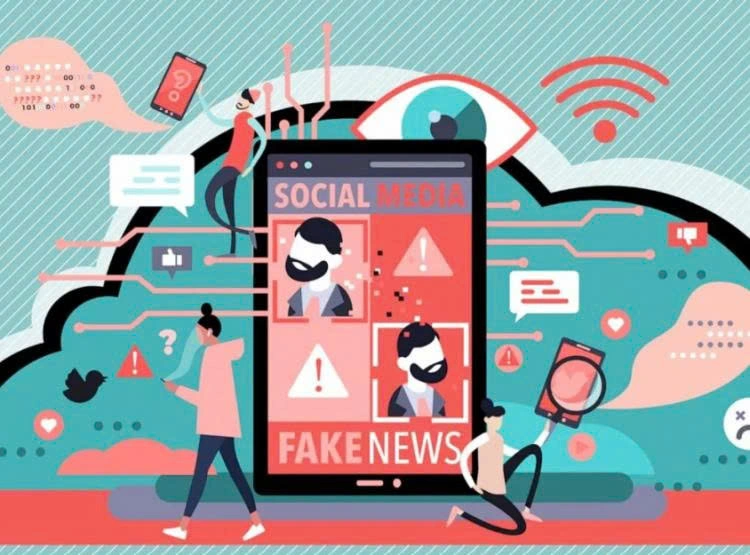In today’s advertising world, focusing only on the product is no longer enough to make a lasting impression. Consumers are drawn to brands that reflect emotional value, aesthetic taste, and a lifestyle they connect with. At Smartcom, we believe that embracing new advertising trends is the key for brands not just to stand out — but to build deeper connections with their audience.
I. Advertising Trends #1: The Flex Culture – Showcasing a Lifestyle
a. Definition
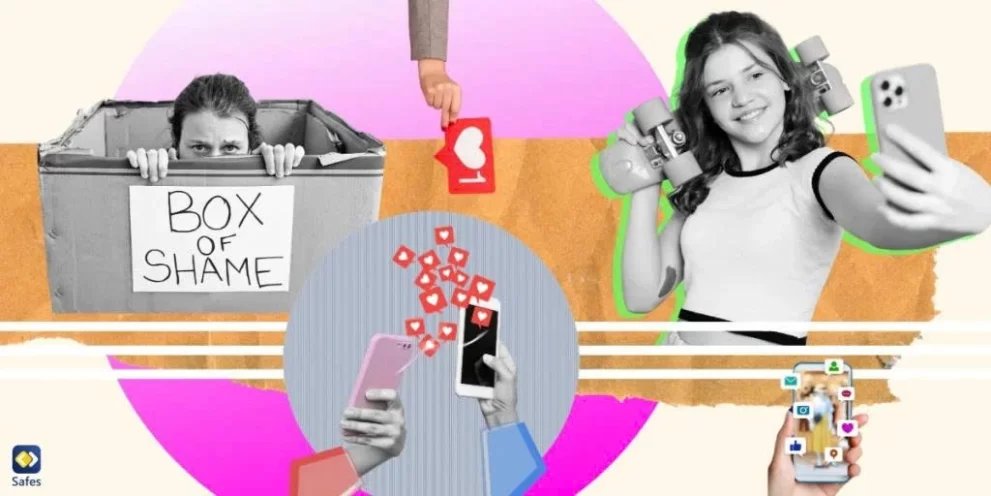
Nowadays, consumers no longer shop merely to meet basic functional needs. They seek products and brands that reflect their personality, aesthetic taste, and lifestyle. In other words, purchasing decisions have evolved into a form of self-expression.
The trend of self-representation on social media is becoming increasingly common, especially among younger generations. In response, brands must proactively create “media-ready experiences” – where customers can authentically express their style through brand interactions and easily share those moments on social platforms. This could be anything from using a premium product or modern banking service, attending lifestyle-driven events like concerts or fun runs, enjoying a seasonal coffee cup design, or simply snapping a photo at a well-curated, retail corner or bookstore.
When a brand is subtly and seamlessly embedded in these “flex-worthy” lifestyle moments, it does more than just drive attention – it builds emotional resonance and opens the door to organic sharing (earned media). These kinds of advertising trends are particularly valuable today, as digital ad costs continue to rise while consumers grow increasingly resistant to overtly commercial content.
b. Notable Campaigns
With these advertising trends, coffee chains frequently update their cup designs seasonally to create freshness and encourage social sharing. Retail stores invest in visual merchandising, especially in key display areas or distinctive check-in spots, to inspire content creation. Even cinemas are designing themed decor areas tailored to each film to enhance the customer experience and promote viral sharing.
A prime example is Phúc Long’s Mid-Autumn campaign “Our Moon – Rest in Memories” (August–September). The brand transformed its stores with cozy, moonlit decor, soft pastel tones, and small origami lanterns. Customers who purchased a combo of two drinks received a mini lantern for photo check-ins, along with a 20% discount voucher for use the week after the Mid-Autumn Festival. The meaningful campaign name “Our Moon” sparked nostalgic emotions, while the setup encouraged organic social engagement.
Another standout is Katinat Saigon Café’s “Magic Color-Changing Rainbow Cup” campaign. In 2022, Katinat released a special-edition cup that changed color based on light or temperature. On launch day, young Saigonese queued for 2–3 hours just to get their hands on the unique item. Social media was quickly flooded with posts like “this cup is too cute” and “it’s giving blink blink vibes,” turning the product into a viral phenomenon and an example of advertising trends “The Flex Culture” .
II. Advertising Trends #2: Ego – Celebrating Individual Identity
a. Definition
In an era where individualism is celebrated, people increasingly seek to express their unique identity. Today, brands are no longer just selling products—they’re nurturing the customer’s sense of self. Subtly, they whisper a powerful, emotionally charged message into the consumer’s ear: “You are one of a kind. You are different. No one else is like you.”
This message doesn’t need to be shouted. It simply resonates. It taps into a deeply human need: the desire to be seen, recognized, and celebrated.
Depending on the context, this affirmation is tailored to reflect the role each customer plays in life:
- At work: They’re reminded, “You’re irreplaceable,” or “A true leader who inspires your team.”
- In personal roles: They’re lifted up with messages like, “You’re an amazing mom,” or “You do things others only dream of.”
- Blending personal identity with social validation: They hear, “Everyone is admiring you,” or “The spotlight’s on you,” or “Your name is on everyone’s lips.”
Without being loud, these words strike a chord, making the consumer feel important, seen, and emotionally bonded to a brand that understands them in a uniquely personal way.
b. Notable Campaigns
Brands embracing these “Ego-driven” advertising trends don’t just promote their products, they position them as tools in the customer’s personal journey of self-definition. At its core, these messages function as compliments – something universally craved: recognition, validation, and affirmation.
Adidas Originals – “The Original” (SS25): In its Spring/Summer 2025 campaign, Adidas celebrates the belief that “everyone is an original.” Partnering with young Vietnamese artists like Mono and (S)TRONG Trong Hiếu, the brand conveys a message that its products aren’t just for wearing, they’re for expressing identity. Bold, unfiltered, and confident individuals take center stage, embodying the campaign’s spirit: “Being different is your power.”
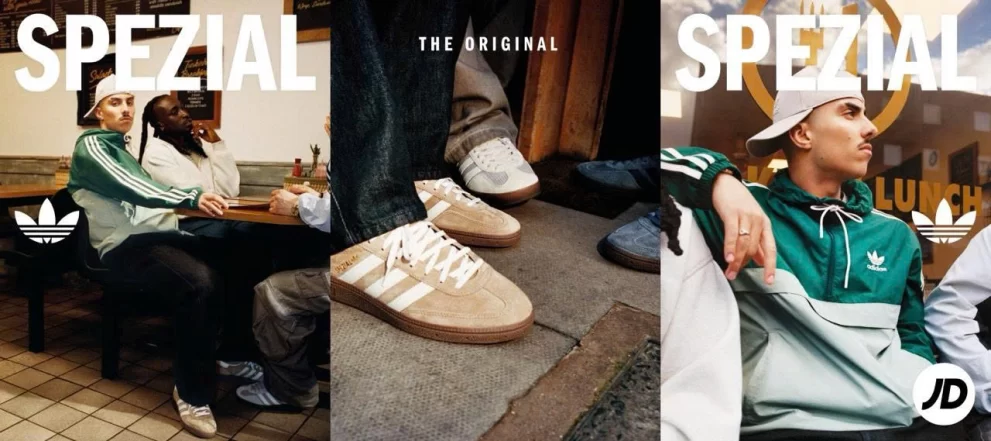
Apple – “Shot on iPhone”: This globally renowned campaign is a masterclass in ego-driven branding. Instead of boasting about features, Apple lets users become the storytellers. Through photos and videos shot on iPhone, real people share their personal perspectives, emotions, and lifestyles. Apple doesn’t need to say much, users’ creations speak volumes, proving that the iPhone is not just a device, but a tool for self-expression.
III. Advertising Trends #3: Taste – Tapping Into Aesthetic Sensibility
a. Definition
At its core, “taste” originates from the eye – it’s the curiosity, the desire for beauty, novelty, and visually satisfying experiences. In a market where consumers are faced with endless choices and growing discernment, winning their attention through aesthetics doesn’t just capture interest – it can unlock latent desires that consumers didn’t even realize they had.
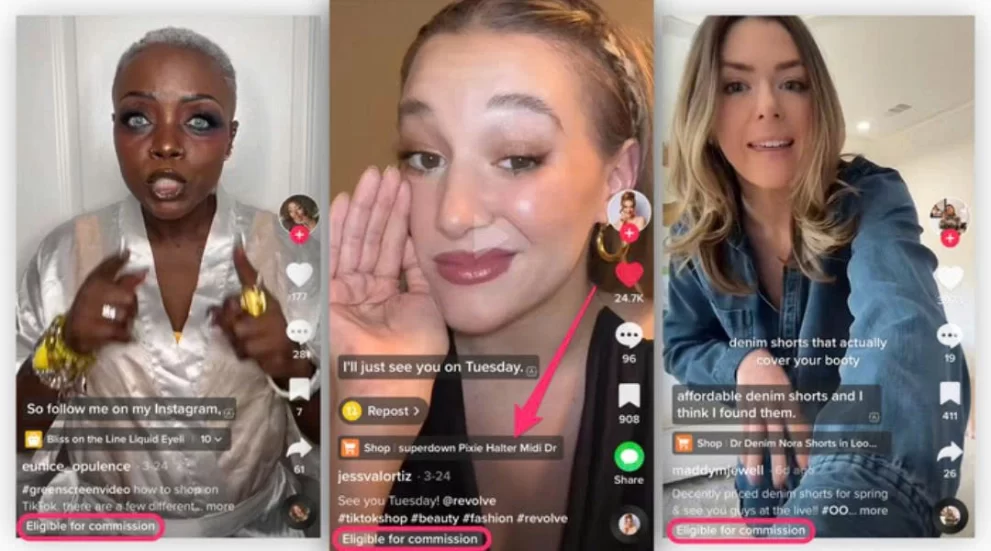
Taste is shaped by multiple layers of influence, from eye-catching design, sophisticated color palettes, and diverse product forms to small but highly shareable elements like adorable pets, animated characters, or trending social content. Beyond that, pop culture: music, film, fashion, sports – plays a vital role in shaping aesthetic preferences and driving purchase behavior. People tend to emulate the icons they admire, which explains why an outfit worn during a concert can instantly become a trend, or why a jersey with a brand logo becomes as coveted as a fashion item.
When a brand shows up tastefully and emotionally, whether on stage, on the field, or in everyday lifestyle moments – its presence embeds itself naturally into the consumer’s memory, leaving a lasting impression.
Today, brand experience is not just about the product or service, but the total sum of emotional triggers with visuals leading the way. The pressure to be aesthetically pleasing is everywhere, from packaging design and app interfaces to store layout and even staff attire and service demeanor. As a result, advertising trends can no longer rely on instinct, it requires a serious investment in aesthetic insights, tailored to different consumer segments. That’s the key to forging emotional resonance and long-term brand affinity.
b. Notable Campaigns
In practice, middle-aged and older consumers often gravitate toward classic, elegant, and minimalist styles. For this group, product design and brand messaging need to be gentle, refined, and emotionally meaningful. In contrast, younger audiences crave uniqueness and boldness, especially in packaging colors and playful, catchy slogans.
Here are two standout campaigns that perfectly capture the “Taste” advertising trends:
PNJ – “Trầu Cau PNJ” (Areca Betel Collection): This jewelry campaign by PNJ beautifully honors Vietnamese wedding traditions through the symbolic image of the “trầu cau” (areca and betel). The brand created an elegant bridal jewelry set that speaks to heritage and emotion. Designed with a soft, graceful aesthetic, the collection resonated deeply with older customers, evoking nostalgia and cultural pride. It’s a prime example of how design and storytelling can connect with a mature audience’s refined taste and emotional values.
Mirinda (PepsiCo) – “Mirinda Cool Wishes”: In contrast, PepsiCo’s Tết campaign “Mirinda Cool Wishes” masterfully captured Gen Z’s visual taste through vibrant color and interactive engagement. The Mirinda bottle featured bold, playful packaging and a quirky slogan, “Cool Wishes,” that hit the right note with young audiences. But the real standout was the interactive platform: users could craft their own “cool” Tết greetings via Zalo, share them with friends, and even earn the title of “Tết Greeting Master.” The eye-catching design, clever wordplay, and personalized experience formed the perfect recipe to win Gen Z’s attention and affection.

IV. Advertising Trends #4: Style & Lifestyle – When Personal Style Becomes a Statement
a. Definition
Modern consumers no longer buy products solely for their functionality or utility – they buy into how those products reflect their aesthetic taste and lifestyle. In a world where personal image is increasingly emphasized, both online and offline – owning an item is no longer just consumption; it’s a way to assert one’s identity: “This is who I am.”
The explosion of visual culture, influenced by diverse global aesthetics, from K-pop and Japanese minimalism to Parisian chic and American street style, has made consumers more visually sensitive and aesthetically demanding. For a brand to be loved today, it’s not enough to create great products. It must craft a lifestyle that consumers want to be part of.

When a brand matches the customer’s taste, it doesn’t just capture momentary attention, it builds an emotional connection, something far more enduring than any traditional ad campaign.
This applies across all industries, not just fashion or FMCG:
- Luxury brands satisfy the desire for status and differentiation among the affluent.
Convenience store chains (CVS) are evolving beyond fast retail to offer urban consumers a lifestyle experience aligned with modern, dynamic city living. - Even language centers are rebranding themselves, no longer just places to learn English, but hubs that inspire visions of global success and confident self-expression.
All of these advertising trends converge toward a common goal: not just to sell a product, but to build a value chain that resonates with the customer’s lifestyle – from design and user experience to communication and ecosystem integration.
Because when a brand aligns with both the aesthetic and lifestyle of its audience, it doesn’t just sell – it’s chosen, trusted, talked about, and ultimately achieves the most valuable outcome of all: sustainable business growth.
b. Notable Campaigns
Recognizing this shift, many brands are no longer just selling products – they’re selling image and emotion, helping consumers feel like their purchases are an extension of their personal identity.
Converse – CX Collection: Converse refreshed its iconic Chuck Taylor and All-Star lines by introducing the CX series, featuring the “3F” approach: Form, Fit, and Function. From stretch canvas material and plush CX Foam to durable rubber soles, the line offers a dynamic, sporty yet unmistakably street-style aesthetic, staying true to Converse’s rebellious DNA. With bolder color palettes and modern functionality, Converse CX became a style statement: youthful, expressive, and unapologetically modern.

Tiffany & Co. – HardWear x Rosé (BLACKPINK): Tiffany & Co.’s global campaign for the HardWear collection featured Rosé from BLACKPINK and drew visual inspiration from New York City’s architecture. The urban skyline was reinterpreted through bold concrete forms, representing the balance between strength and elegance, modernity and tradition. This is how Tiffany crafted a visual language of its own, that is both luxurious and edgy, allowing wearers to express their individuality through jewelry as a personal statement.
Wedding Industry – “Styler” Concepts: Even the wedding industry has embraced this lifestyle-driven approach.
Today’s photo studios and wedding planners invest heavily in these marketing trends – from rustic countryside to modern city chic, from warm sunrise to romantic dusk. Bridal outfits are younger, bolder, sometimes even blending vintage influences from Korea or China, all tailored to match the couple’s unique taste.
Conclusion
To truly connect with today’s consumers, brands must go beyond simply selling products – they need to deeply understand the underlying motivations behind purchasing behavior: from the desire for self-expression, the need to stand out, to personal aesthetic preferences and the lifestyle they aspire to. As advertising trends continue to shift toward greater personalization and emotional resonance, this mindset is the key to building long-term loyalty.
With a customer-centric approach and deep insight into consumer behavior, Smartcom partners with brands to craft campaigns that not only capture attention, but also leave a genuine emotional impact.
Source: Brands Vietnam



